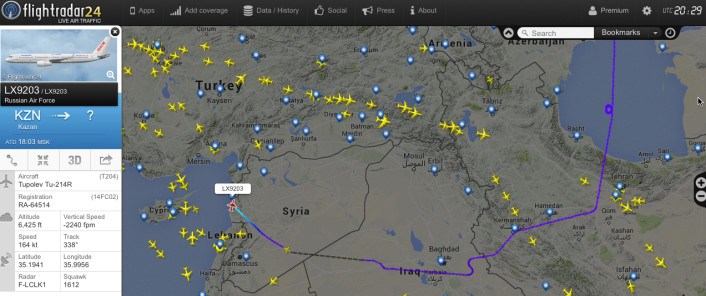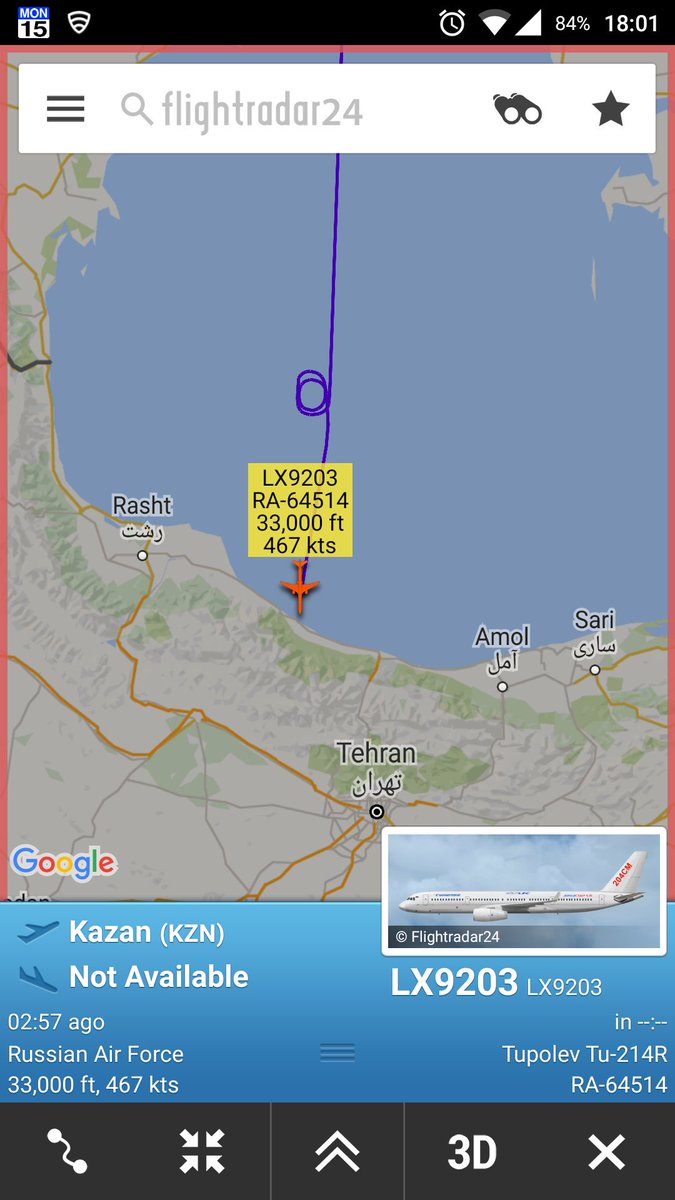Chechen Special Forces On The Ground In Syria
iHLS: Chechen leader Ramzan Kadyrov said that Chechen Special Forces loyal to Vladimir Putin are on the ground in Syria, operating in ISIS-controlled territory. He claimed that the operation is part of a Russian-led intelligence-gathering mission. International Business Times reports that in a preview of a documentary which is scheduled to be aired on Russia’s state-controlled TV channel, Russia One, later this week, Kadyrov is filmed at a training camp for special units in Chechnya. Kadyrov tells the camera that his “best fighters” were sent undercover to Syria to train alongside – and among — ISIS fighters, while Chechen intelligence agents had infiltrated ISIS cells “to gather information about the terrorist group.” A Russia One’s reporter says in the preview that the time had come to talk about those “who have safeguarded the success of Russian air strikes on the ground at the cost of their own lives.”
According to a report by Homeland Security News Wire, Kadyrov’s claims appeared to have irritated the Kremlin. In a rare public dispute between the Kremlin’s official line about Syria and the information broadcast on state TV, Putin’s spokesperson, Dmitry Peskov, refused to confirm Kadyrov’s claims. Peskov told reporters that Russia’s defense ministry has already provided “exhaustive information [about] who has been deployed to Syria and for how long and what they’re doing there … and one should not speak about the Chechen special task force but about relevant federal units.” The Russia One’s report, and the refusal of the Kremlin to confirm it, offers an indication of disagreements in the Russian leadership about what strategy Russia should be pursuing in Syria.
The Kremlin has insisted that there are no Russian troops on the ground, and has been tight-lipped about whether Russian special forces are operating in the country. The Russia One report also offers evidence that Kadyrov, considered among Putin’s closest allies, may be distancing himself from Moscow in effort to play a bigger role in the region. Kadyrov, who describes himself as a “foot soldier for Putin,” has taken power in Chechnya in 2007, when he was still in his early 30s, and has ruled the province with an iron fist since then. International organizations have harshly criticized his rule for systemic human rights violations. He also has at his disposal thousands of paramilitary fighters known in the region as “Kadyrovtsky” (Kadyrov’s men). The force was originally put together to serve the Kremlin, but over time they have become much more loyal to the Chechen leader.
Russia has just deployed its most advanced spy plane to Syria
A Russian Air Force Tu-214R is about to land at Latakia, Syria.
Aviationist: The Tu-214R is a Russian ISR (Intelligence Surveillance Reconnaissance) aircraft. In other words, a quite advanced spyplane.
As we have already explained here in the past, it is a special mission aircraft equipped with all-weather radar systems and electro optical sensors that produce photo-like imagery of a large parts of the ground: these images are then used to identify and map the position of the enemy forces, even if these are camouflaged or hidden.
The aircraft is known to carry sensor packages to perform ELINT (Electronic Intelligence) and SIGINT (Signal Intelligence) missions: the antennae of the Tu-214R can intercept the signals emitted by the enemy systems (radars, aircraft, radios, combat vehicles, mobile phones etc) so as it can build the EOB (Electronic Order of Battle) of the enemy forces: where the enemy forces are operating, what kind of equipment they are using and, by eavesdropping into their radio/phone communications, what they are doing and what will be their next move.
The aircraft is built by KAPO (Kazan Aircraft Production Association) and flown from the company’s airfield in Kazan.
On Feb. 15, the Tu-214R registered RA-64514, serial number 42305014, the second of the two examples of this kind of aircraft built under contract with Russia’s Ministry of Defense, flew from Kazan to Latakia airbase, Syria.
Image credit: Flightradar24.com
With its ADS-B transponder signals broadcast in the clear and detected by Flightradar24 collecting stations, the aircraft could be tracked as it followed the eastern corridor from Russia, to the Caspian Sea and then to Syria via the Iranian and Iraqi airspaces. It’s not clear whether the aircraft has already been delivered to the Russian Air Force, even though it is quite weird that a developmental aircraft is deployed abroad (unless the reason is testing it at war in a real scenario…).
While it was still under development, the same Tu-214R aircraft flew what appeared to be an operative mission on Jun. 18, 2015, when it flew from Kazan to Crimea and back, closely following the border between Russia and Ukraine, most probably testing some of its sensors against real targets.
Previously, the aircraft was spotted flying near Crimea.Interestingly, while over the Caspian Sea, approaching the Iranian airspace, the Tu-214R performed a couple of 360° turns at 33.000 feet (weird, while enroute): maybe it was working on the diplomatic clearence to enter Iran?
Continuing south, approaching Iran…
Russian Air Force SIGINT a/c #RA64514
Russian Su-35s often shadow German Tornados over Syria but “they do it professionally” http://wp.me/p2TYIs-9AO pic.twitter.com/vNZ2n4hQsm














